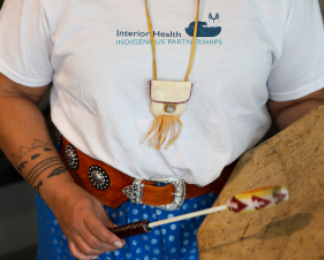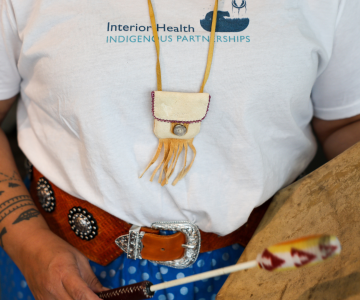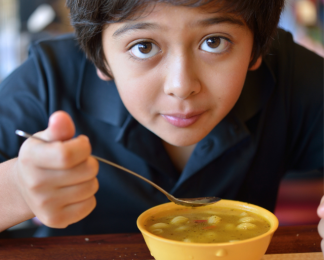When you walk into a hospital, you may be accustomed to seeing hand sanitizer and medical masks at the entrances.
But did you know a lot more that happens behind the scenes to keep our health-care facilities safe from viruses like COVID-19 and norovirus, and harmful bacteria that causes infections like c. difficile?
At Interior Health, our infection preventionists (IPs) help protect everyone’s safety by providing education to staff, physicians and volunteers. They investigate infections and outbreaks, assess infection prevention measures, and even provide consultation for construction and renovation projects in health-care facilities.
Meet some of our Interior Health IPs, and get to know the work they do.



















